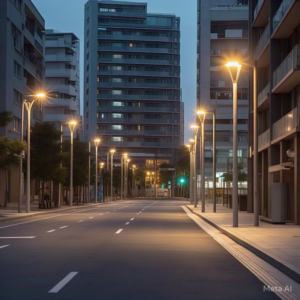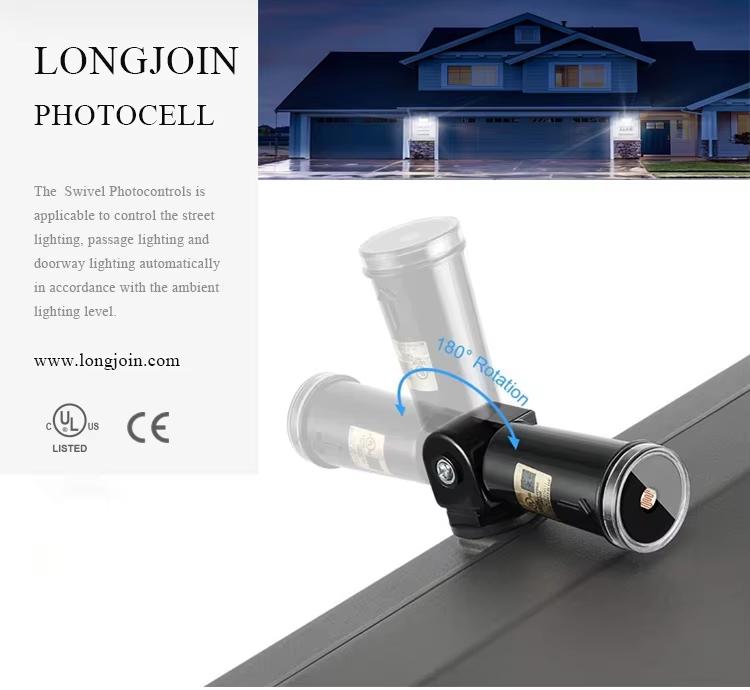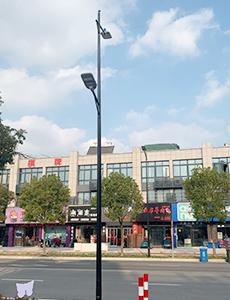Outline
- Introduction
- Market Characteristics of South America
- Rapidly Growing Demand
- Technology and Standardization
- Environmental and Durability Requirements
- Certification and Compliance
- Electrical Safety Certification
- Environmental Standards
- Smart City Technology Support
- Market Challenges and Strategies
- Localization and Supply Chain
- Tariffs and Logistics Costs
- Cultural and Language Barriers
- Future Market Trends
- Final Words
UN-Habitat estimates that 90% of Latin America’s population will be city dwellers by 2050. With this, the infrastructure growth is unavoidable. This offers a huge growth opportunity in the South American smart lighting market.
However, there are some challenges present, adherence to international and local standards can pave the way for easy entry into the local market. To thrive, companies need to comprehend local norms, conform to regional requirements, and tactfully overcome logistical and cultural hurdles.

Market Characteristics of South America
Rapidly Growing Demand
There’s a visible uptick in the smart lighting market in South America. It is worth $5.41 billion in 2023 and is expected to rise exponentially at over 12% until 2028.
Brazil, in particular, is investing heavily in upgrading infrastructure. Major driving forces seem to be a quest for more energy-efficient solutions and sustainability.
Technology and Standardization
With many international players actively making investments in the region, adherence to international and local certification standards is critical. Photocontrollers, following the guidelines, are more acceptable as they ensure safety and compatibility.
In terms of international certifications, UL and IEC are the most commonly seen. However, for certain countries like Brazil, local requirements are also available. INMETRO compliance is most widely acceptable in this regard. These certification levels endorse technical as well as safety and regulatory standards, including electromagnetic compatibility.
Environmental and Durability Requirements
From cold winters to hot summers, climate conditions in South America vary. This requires light photocells to be highly durable and stable. Thus, certifications like CE and RoHS are critical. They verify that products meet the standards of energy efficiency and eco-friendliness.
Certification and Compliance
Electrical Safety Certification
Light sensors intended for the South American market must comply with both international and local electrical safety standards.
Internationally, standards such as UL 773A and IEC 60079 are pertinent. UL 773A covers non-industrial photocell switches for lighting control. This ensures that devices operate safely within specified voltage and wattage levels.
IEC 60079 applies to equipment employed in explosive atmospheres applicable to some industrial uses.
Certification by the National Institute of Metrology, Standardization, and Industrial Quality is required in Brazil. For electrical equipment, obtaining this is critical prior to entering the market. Product testing and factory audits are common requirements for the certification process in order to guarantee compliance with Brazilian standards.
Environmental Standards
Whereas photocells encourage sustainability, they also need to adhere to similar standards. Adhering to directives such as the Restriction of Hazardous Substances guarantees that there are no hazardous substances in products.
Following the Waste Electrical and Electronic Equipment directive allows for appropriate recycling and disposal.
Energy efficiency marks, such as ENERGY STAR, are a guarantee that products conform to particular energy-saving standards. This is according to international sustainability standards.
These specifications are important in making photocontrollers an integral part of smart lighting networks that enhance energy-saving initiatives.
Smart City Technology Support
In order to integrate smoothly with smart city infrastructures, light sensors should have support for multiple smart control protocols. ZigBee is appropriate for high-reliability, scalable mesh networks in industrial or home automation environments.
LoRa is best suited to long-range, sporadic communication in large-area IoT deployments. NB-IoT is aimed at IoT applications with minimal bandwidth demand. This provides carrier-grade reliability and security.
Aiding these protocols allows photocell light sensors to exchange information efficiently in smart city systems. This supports real-time monitoring, data gathering, and dynamic light control.
Market Challenges and Strategies
Localization and Supply Chain
In order to penetrate the South American smart lighting market effectively, firms need to adapt products and services to meet local requirements. This means providing affordable, local-specific solutions. Increased interaction with regional distributors familiar with local market trends may prove fruitful. It assists in easy entry into the market and also gains customer confidence.

Additionally, aligning with local regulations and standards is crucial. This ensures compliance and acceptance. Investing in local manufacturing or assembly can further optimize the supply chain. This will reduce lead times and mitigate risks associated with import restrictions.
These strategies collectively enhance competitiveness in the South American market.
Tariffs and Logistics Costs
South American market is diverse. Its weather varies greatly. Further, the terrain changes can increase the logistic costs. Thus, navigating tariffs and logistics costs is a significant challenge.
Various strategies could be employed to mitigate these expenses. One possible way out is to optimize packaging. This will reduce shipping volumes. Also, exploring partnerships within South American free trade areas, such as MERCOSUR, is beneficial.
These alliances can provide tariff reductions and streamlined customs procedures. Additionally, localized production and sourcing can minimize exposure to international tariffs. With this, reduced transportation costs are an additional benefit.
While there is no go-to solution for reducing logistic costs, a combination of various strategies could yield the desired outcomes. Try to make production more localized and ensure that route planning is efficient. Lastly, inventory management can further control costs and improve supply chain resilience.
Cultural and Language Barriers
Addressing cultural and language differences is essential for successful market entry. Again, localizing is the key. Utilize local languages in marketing and technical documentation. This will ensure clear communication and will help to win the trust of your target audiences.
Further, explaining how photocells can help local communities can attract local consumers and drive adoption. A good marketing strategy in this regard will be to engage with local experts. Their cultural affiliations can bridge gaps, build trust, and facilitate smoother business operations in diverse South American markets.
Future Market Trends
South American lighting control market is likely to see tremendous growth. This will primarily be fueled by rising IoT and smart city initiatives.
The other driving factor is investment by governments like Brazil and Colombia in green urban infrastructure.

Against this backdrop, sophisticated AI-powered light sensor photocell switches that offer real-time data analytics, predictive maintenance, and energy optimization are gaining traction.
Also, the rollout of 5G is becoming more profound in large cities. This enables better communication and eventually will further improve smart lighting functions. Nevertheless, with sustainability on the agenda, there is increasing demand for green, energy-saving products.
Final Words
The South American photocontrol market is expanding exponentially. While there can be certain difficulties with compliance, logistics, and cultural fit, these can be addressed easily. Companies that focus on local partnerships, regional standards, and pioneering technologies can grasp market opportunities successfully. As a reliable supplier, Chi-Swear provides certified, reliable photo controllers designed to address varied market demands.
External Links
- https://www.atlanticcouncil.org/commentary/article/urbanization-in-latin-america/
- https://www.globaldata.com/store/report/south-america-led-lighting-market-analysis
- https://www.bonafideresearch.com/product/230539875/south-america-smart-lighting-market
- https://www.ul.com/solutions
- https://iec.ch/
- https://en.wikipedia.org/wiki/National_Institute_of_Metrology_Standardization_and_Industrial_Quality
- https://en.wikipedia.org/wiki/CE_marking
- https://environment.ec.europa.eu/topics/waste-and-recycling/rohs-directive_en
- https://environment.ec.europa.eu/topics/waste-and-recycling/waste-electrical-and-electronic-equipment-weee_en
- https://www.energystar.gov/
- https://en.wikipedia.org/wiki/Zigbee






